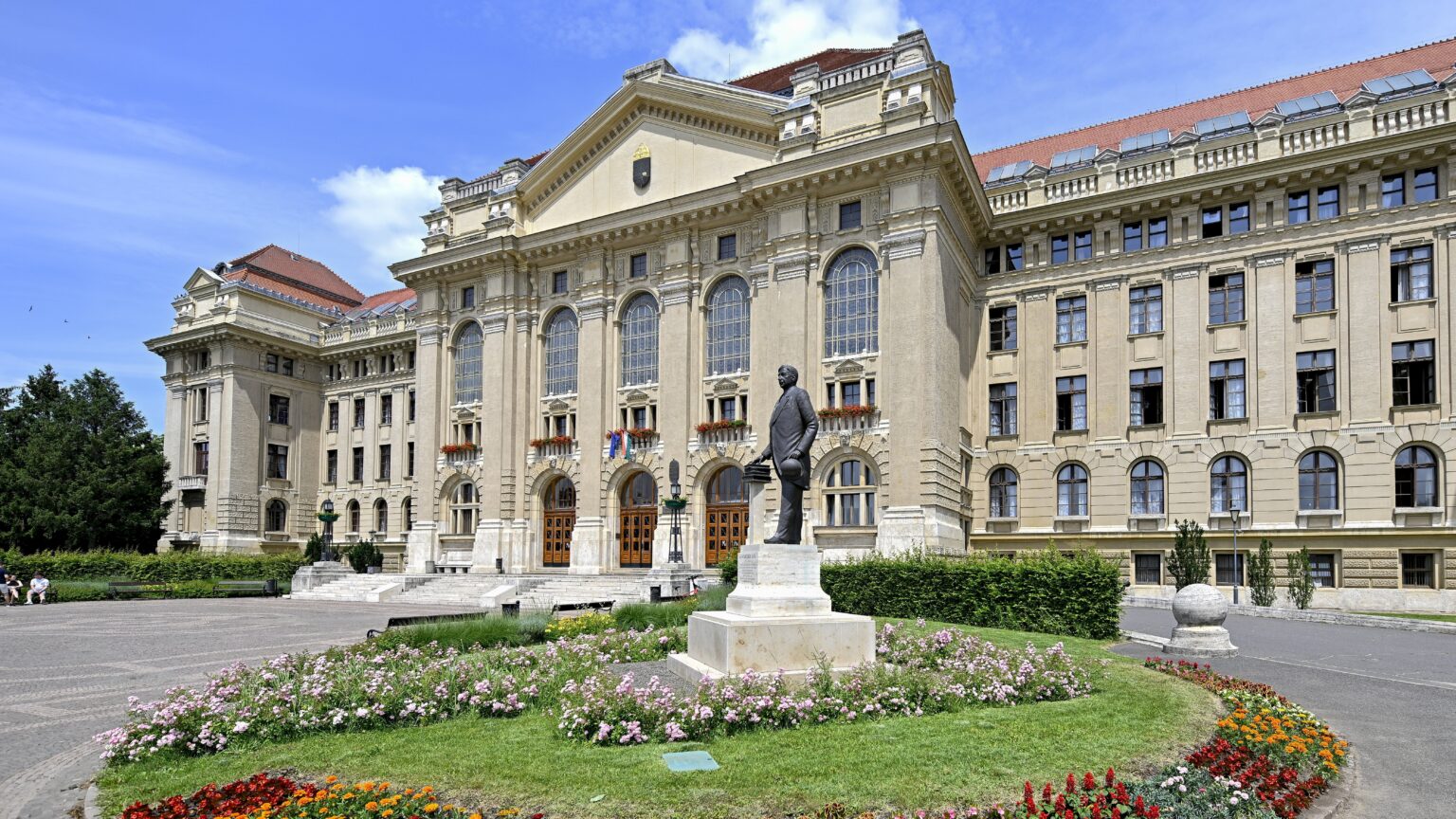
Originally launched in September 2022, the programme is part of a consortium of 17 Hungarian universities, offering four distinct yet coordinated space science courses.

Within hours of the announcement of Kamala Harris picking Minnesota Governor Tim Walz as her running mate, the American news site POLITICO published an article comparing Governor Walz’s views of PM Orbán of Hungary to that of Senator JD Vance of Ohio, the Vice Presidental candidate on the Republican side.

The director of the Algerian Olympic and Sports Committee claims that the ‘Zionist lobby’ is trying to break controversial boxer Imane Khelif’s spirit in what he calls an ‘attempt to stop an Arab or Muslim girl from rising in the ranks of female boxing’. Khelif made headlines after allegations emerged that she has XY chromosomes, a characteristic of biological males, while competing in the 66 kg women’s category at the Paris Olympics.
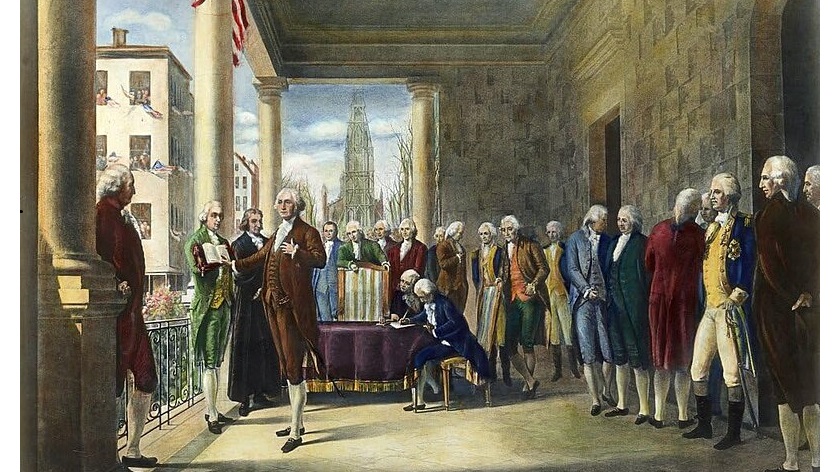
In the first US presidential election in 1788–1789, it was not the eventual winner that was in question, since George Washington ran unopposed. Rather, it was about the way the US Constitution would be put into practice, both during the election process and thereafter in Washington’s first term as President of the United States.

Over the six days of the festival, approximately 600 performances will be showcased. Many acts will come from the United Kingdom, France, Germany, the Netherlands, the United States, as well as from Senegal, India, Tanzania, New Zealand, and Benin. The festival can accommodate 95,000 people daily, with 10,000–15,000 of these being staff and partners, leaving space for up to 80,000 ticket holders.

On Monday, Axiom Space officially confirmed that in partnership with Hungary, Poland (with support from the European Space Agency), and India, each of these nations will send an astronaut to the International Space Station (ISS) as part of the Axiom Mission 4 (Ax-4).
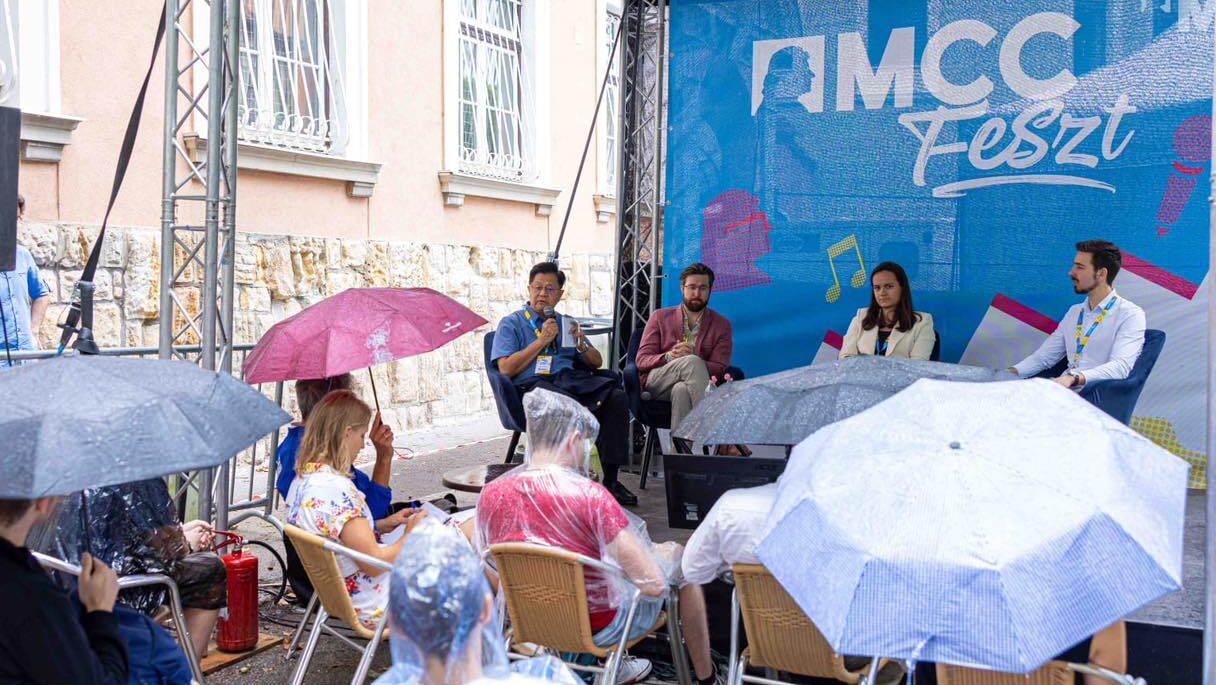
In the process of international expansion, many fundamentally successful businesses and start-ups falter. What is the reason and how can companies successfully break into foreign markets? These were the questions addressed in a vibrant panel discussion on the second day of this year’s MCC Feszt.

This year’s presidential election in the United States was a prominent topic at MCC Feszt 2024. A whole panel of speakers, namely Miklós Szánthó, James Carafano, Mark Milosch, and István Stumpf, discussed how they see the contest between Republican Donald J. Trump and Democrat Kamala Harris is shaping up.
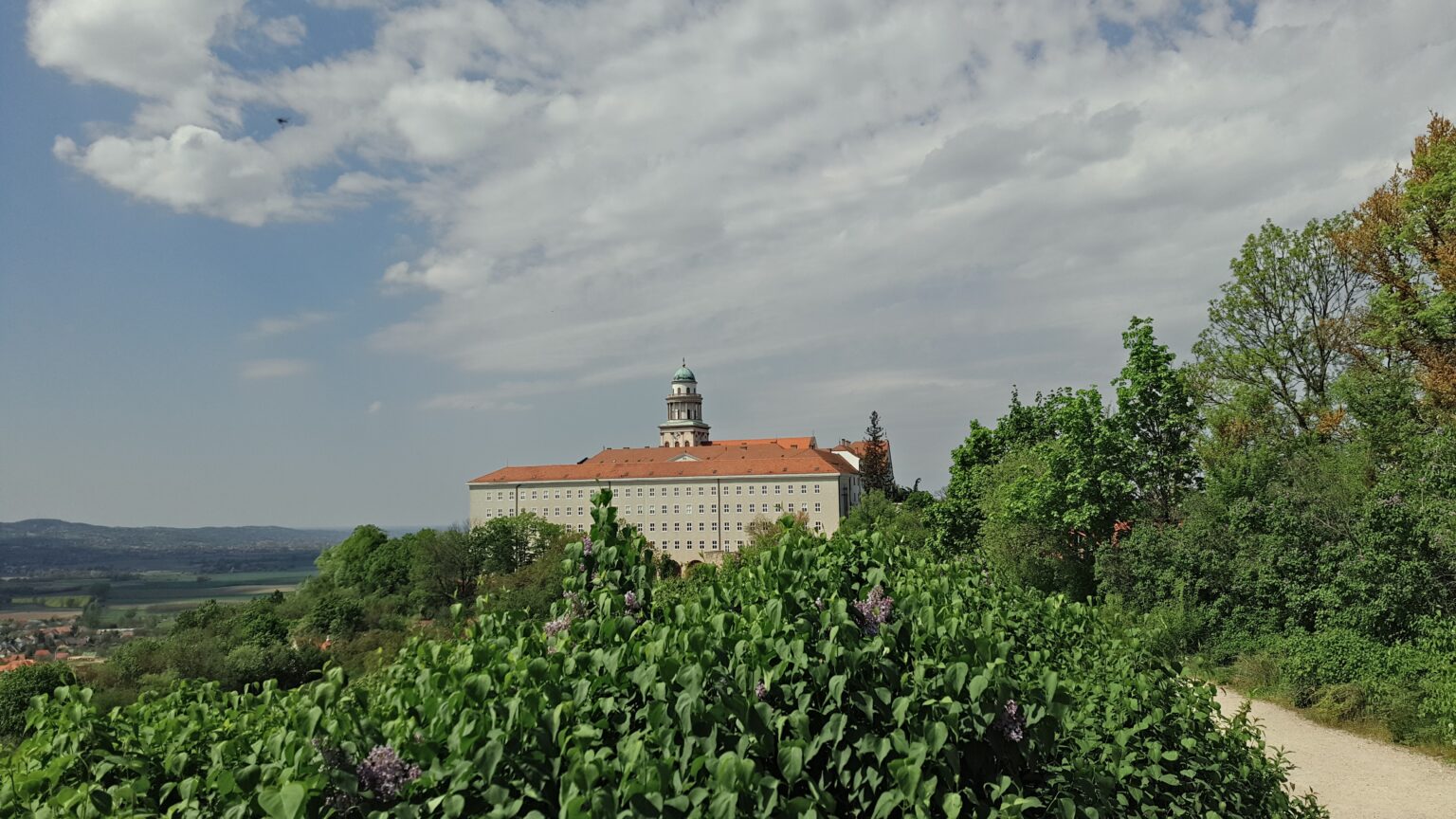
The festival, scheduled for 23–25 August, will commence with a promenade concert titled ‘Steps’. The canopy walkway will be transformed into the Eötvös Path, featuring nine short compositions by the late Hungarian composer Péter Eötvös, who passed away on 24 March.
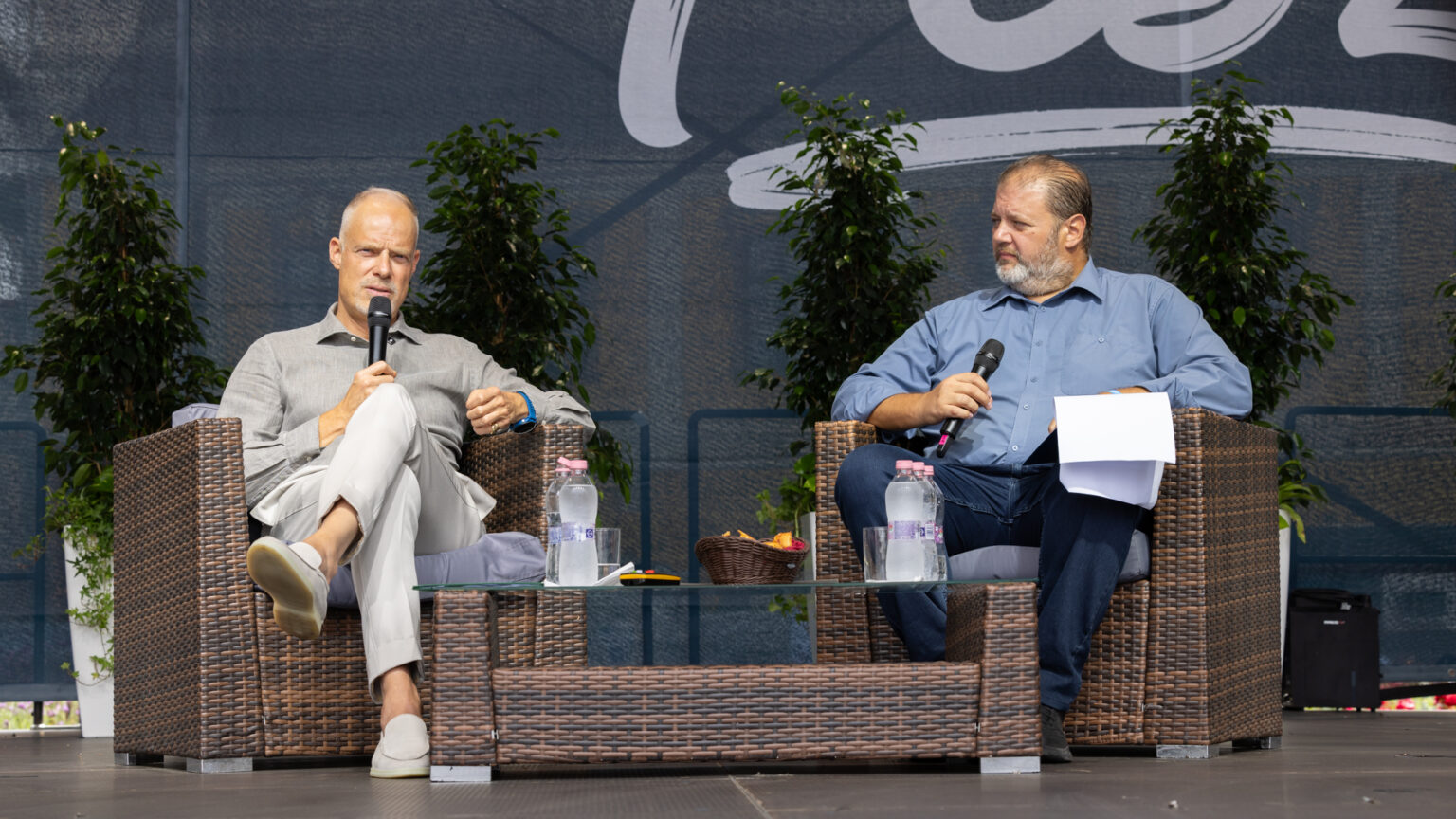
Hungarian military force development is currently taking place in several dimensions: rearmament, real estate and infrastructure development, and transformation of the HDF’s organizational culture. On the second day of this year’s MCC Feszt, Hungarian Minister of Defence Kristóf Szalay-Bobrovniczky gave a comprehensive overview of the current state of the Hungarian armed forces, future plans, and why he considers Hungary a military nation.
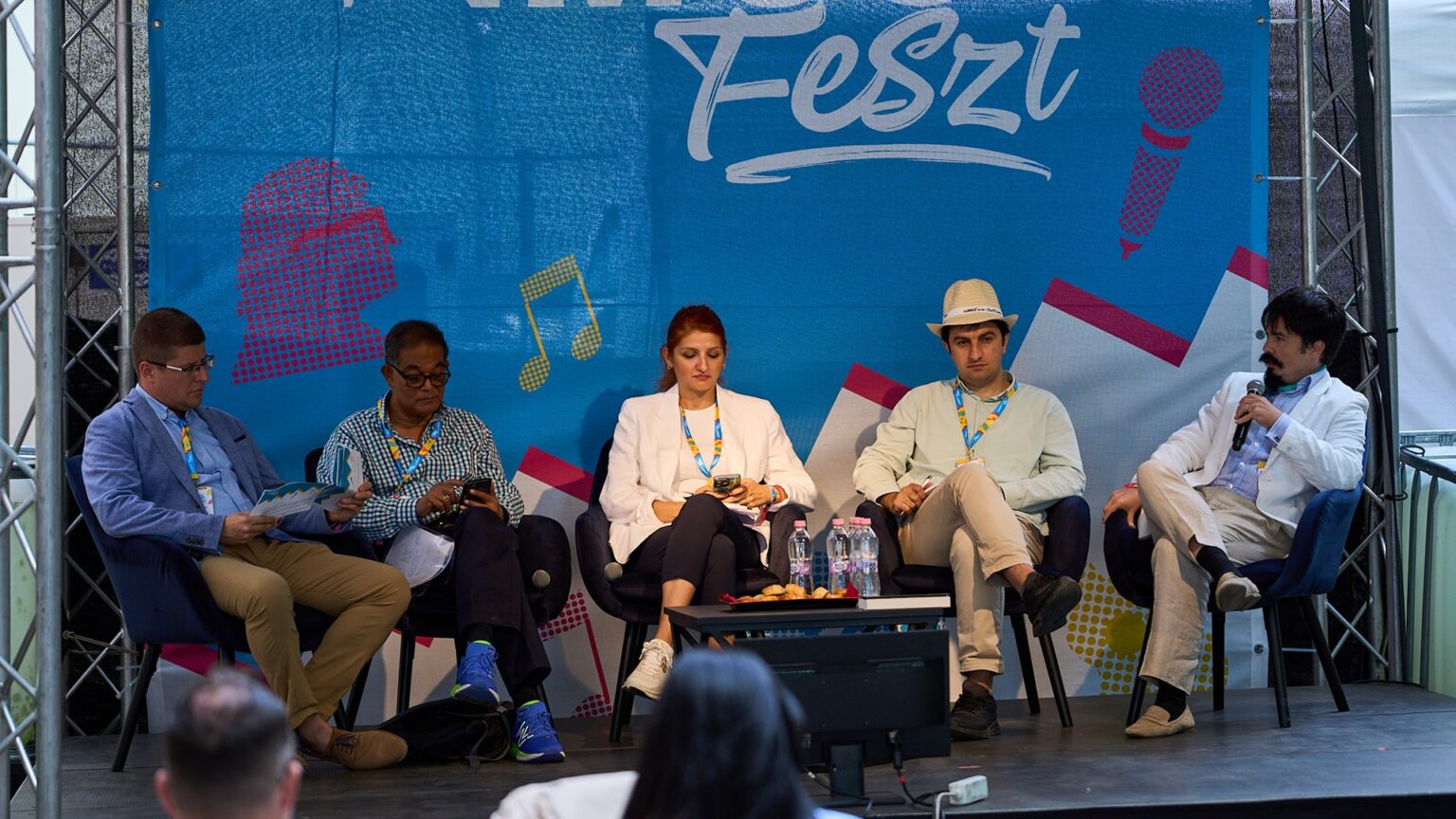
Vasif Huseynov, Titus Techera, Amitav Acharya, and Şuay Nilhan Açıkalın gathered for a panel discussion on the last day of MCC Feszt 2024 in Esztergom, Hungary to discuss how major world powers approach international relations in these turbulent times.

One of the most anticipated events of the Paris Olympics concluded in the expected victory of the masculine looking boxer Imane Khelif. Her opponent, Hungarian Luca Hámori stood her ground and fought until the last moment of the bout.
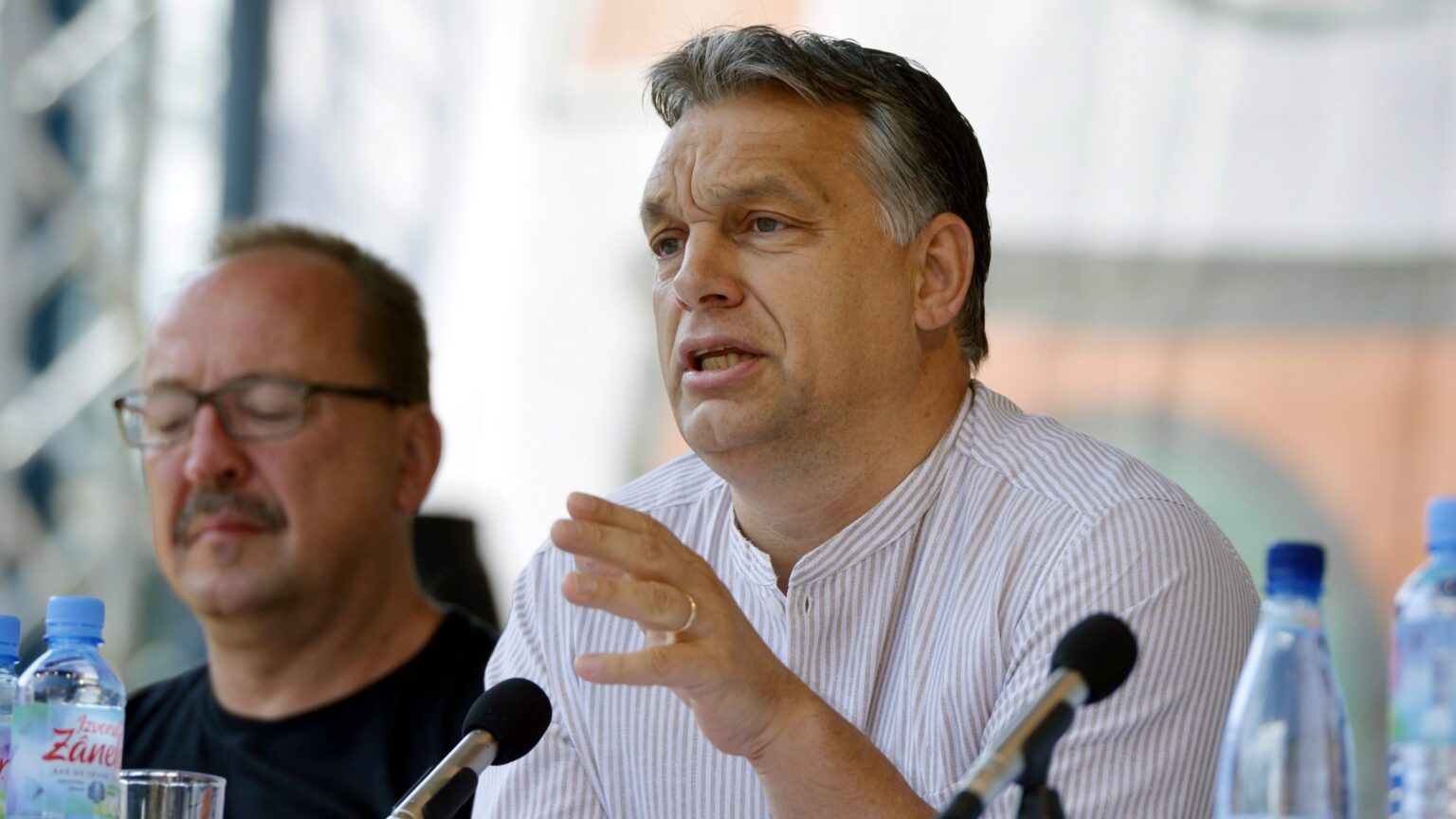
The first Tusványos speech that became famous across the Western world was delivered a decade ago in 2014. In the international, and especially Western media, the speech became (in)famous for using the phrase ‘illiberal democracy’ for the first time. Talking about competitiveness in a globalizing world Orbán said: ‘We are trying to find the form of community organisation, the new Hungarian state, which is capable of making our community competitive in the great global race for decades to come.’
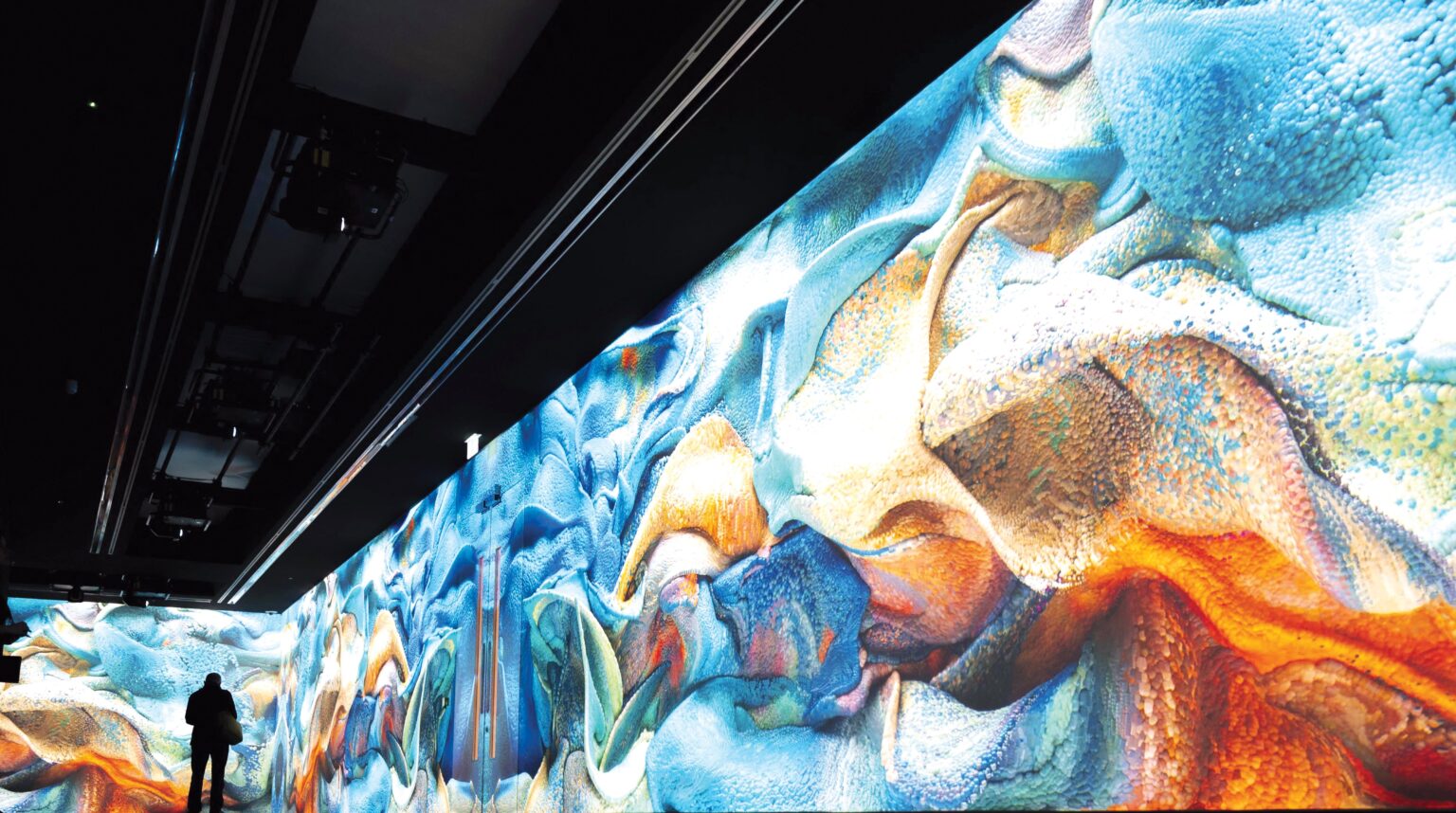
‘The liberal progressive vision that emerged in the late twentieth century bought into the notion of technological neutrality. In this context, it served a broader liberal purpose to neutralize politics as well. This reached its apogee in the EU and the preference for a law-governed, depoliticized, technocratic mode of governance.’
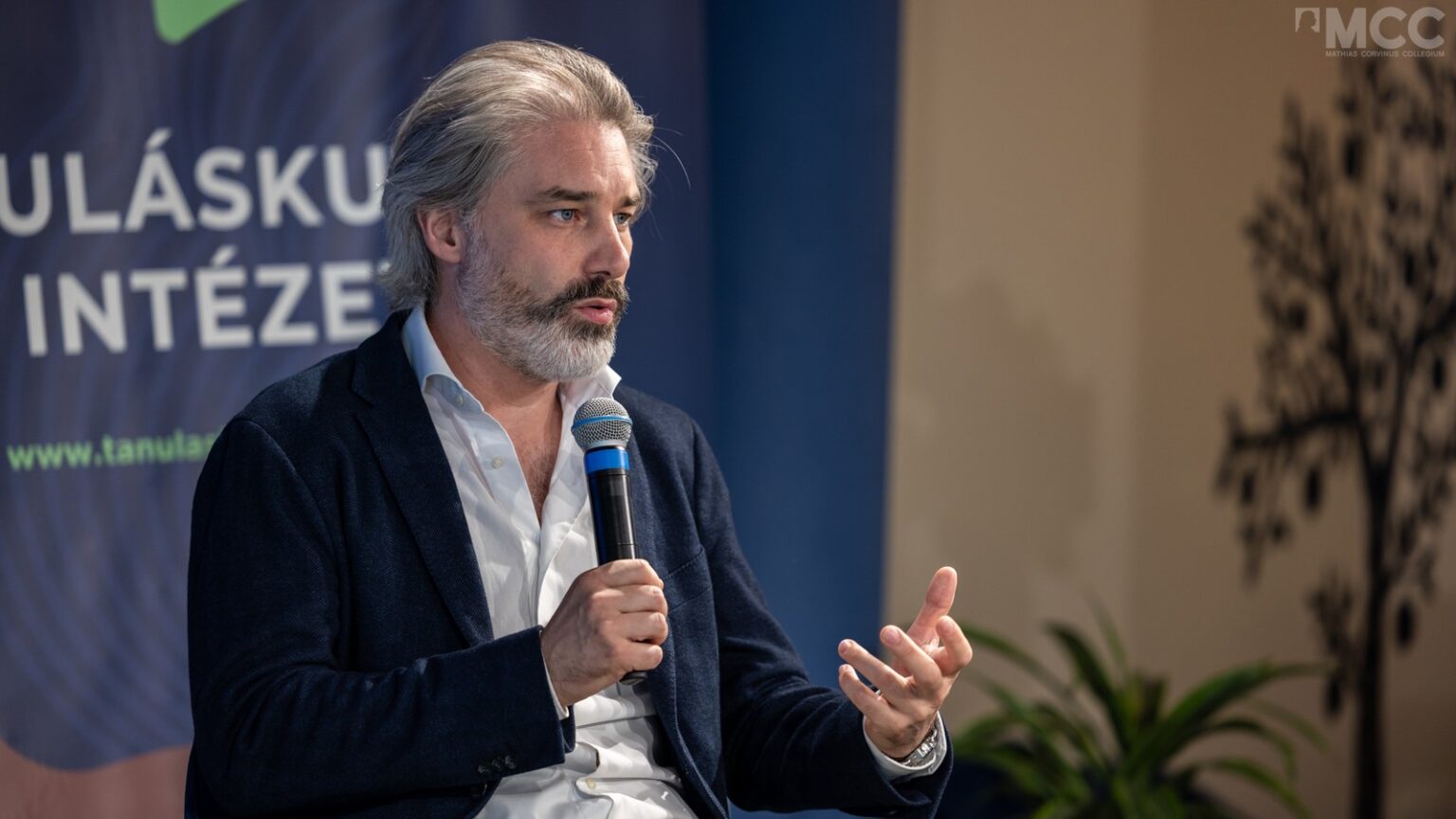
‘The problem we’re having today is I think we’re becoming a culture that’s increasingly obsessive about the factual, technical detail, and we’re losing that sense of the whole into which it fits. And the whole isn’t about facts. It’s about interpretation of facts. That isn’t a fault, but a feature, of being human,’ says Calum T M Nicholson, Director of MCC’s Climate Institute.
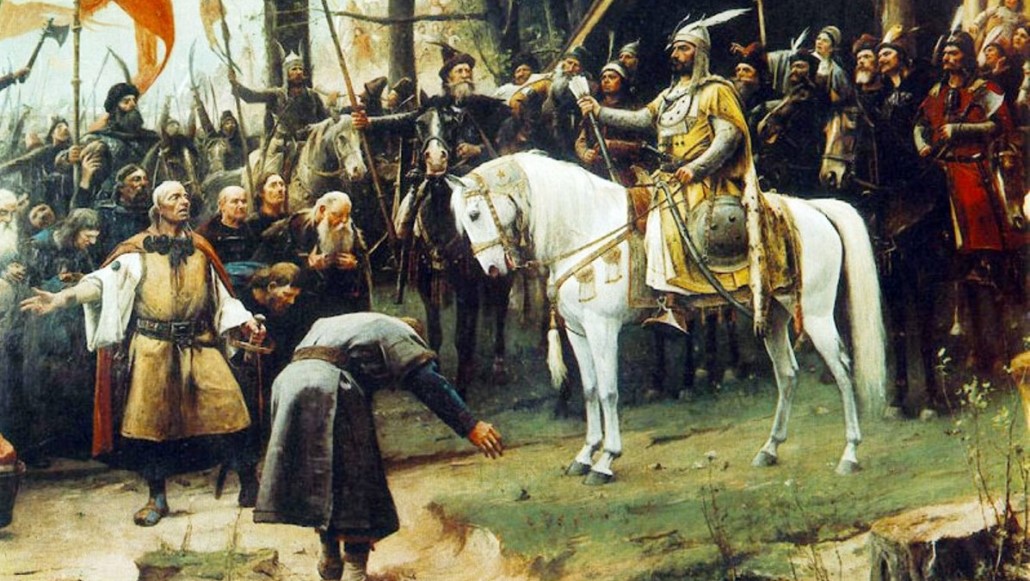
The Frankish–Moravian struggles that shattered the tranquillity of Pannonia, even before the arrival of the Hungarians, caused irreparable damage to the settlement structure and ecclesiastical institutions of the region, which were thus left in a state of collapse when the Hungarian conquest came. As a result, it took a good century for the new missions, with the birth of the Christian Kingdom of Hungary, to bring the region back into the Church once and for all.
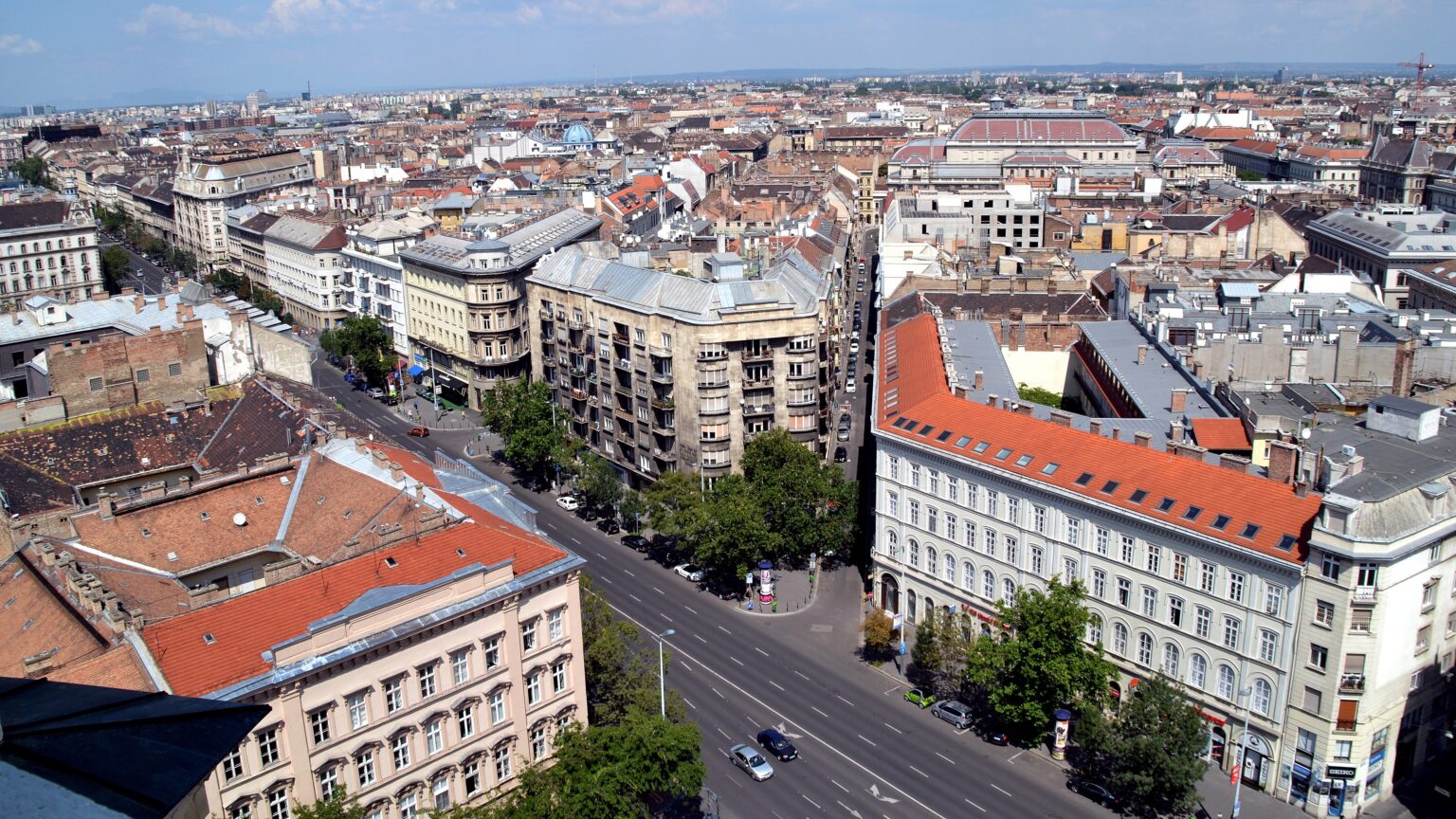
In comparison, Barcelona announced in June that short-term rentals would be banned from 2028, while New York has been restricting Airbnbs since September 2023, with the effects of the regulations already observable in the city.

The Khelif controversy has raised broader questions about fairness in sports and the potential impact of gender identity policies on competition. As Hungarian Hámori prepares to face Khelif, the debate over the inclusion of transgender and intersex athletes in sports continues to be a contentious and evolving issue.

This summer the major music and dance events attracted thousands of visitors in Hungary, significantly boosting the local economies. The biggest beneficiaries of these multi-day events were the accommodation providers in the area of Lake Velence, in Debrecen, in the Balaton Uplands at Kapolcs, and at the Lake Balaton town of Zamárdi.
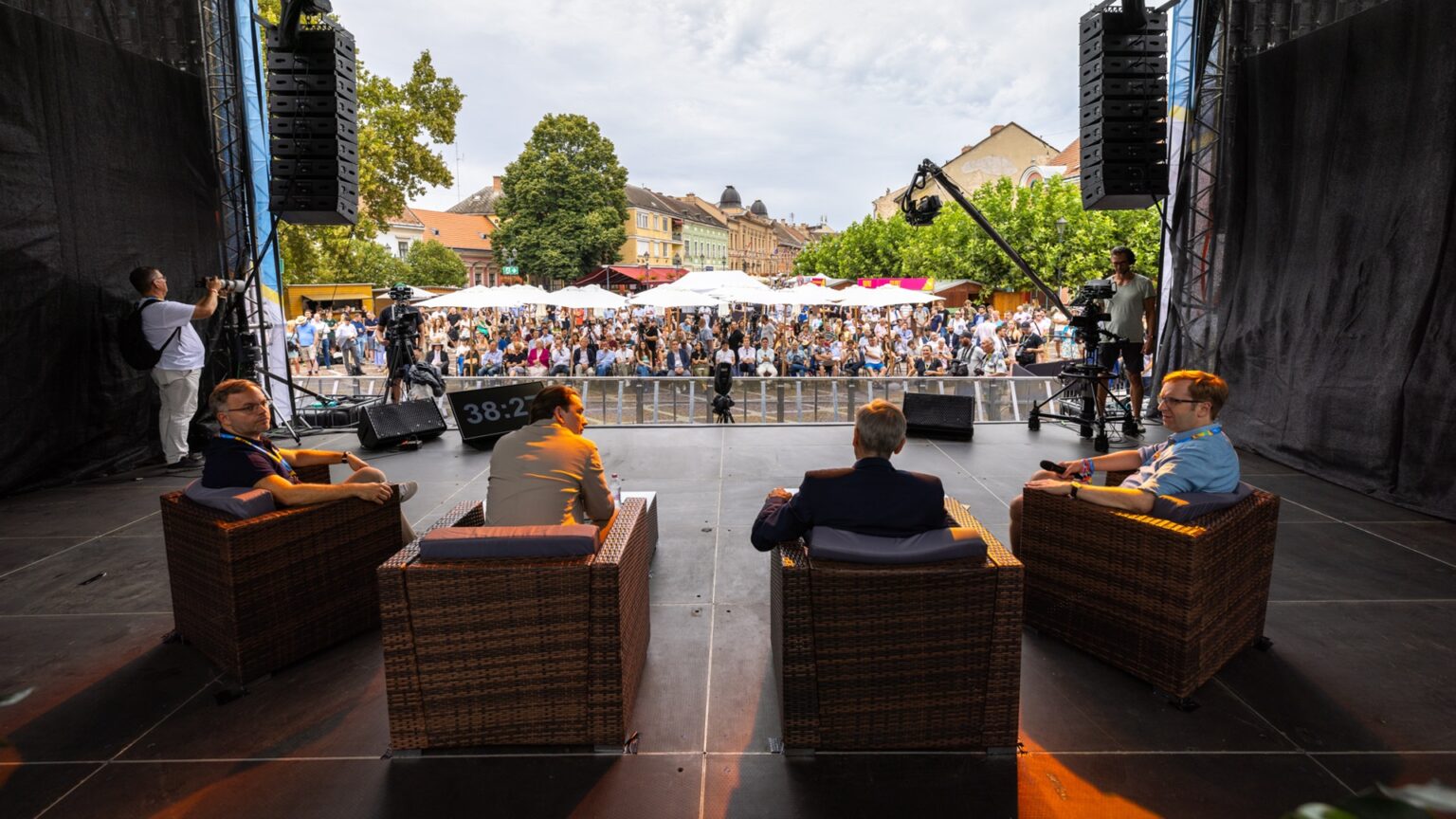
Sebastian Kurz, the former chancellor of Austria; Balázs Orbán, the political director of the Prime Minister of Hungary; and Ján Figeľ, former European Commissioner for Education, Training, Culture and Youth from Slovakia talked about what the results of the 2024 European Parliamentary election mean for the future of Europe at the opening panel discussion of MCC Feszt 2024 in Esztergom, Hungary.

The purpose of World Breastfeeding Week is to increase awareness of the positive health outcomes associated with breastfeeding and the need to support mothers in breastfeeding for as long as they choose.

The ‘Mákvirág’ cake is a light almond flour and poppy seed sponge, complemented by a soft white chocolate cream, crispy black sesame brittle, and enhanced with poppy liqueur and blackcurrant.

The men’s sabre fencers secured the Hungarian delegation’s third medal in Paris on Wednesday. Last Saturday, Eszter Muhari won a bronze in épée, while Kristóf Milák won Hungary’s first silver medal in the 200-metre butterfly yesterday.
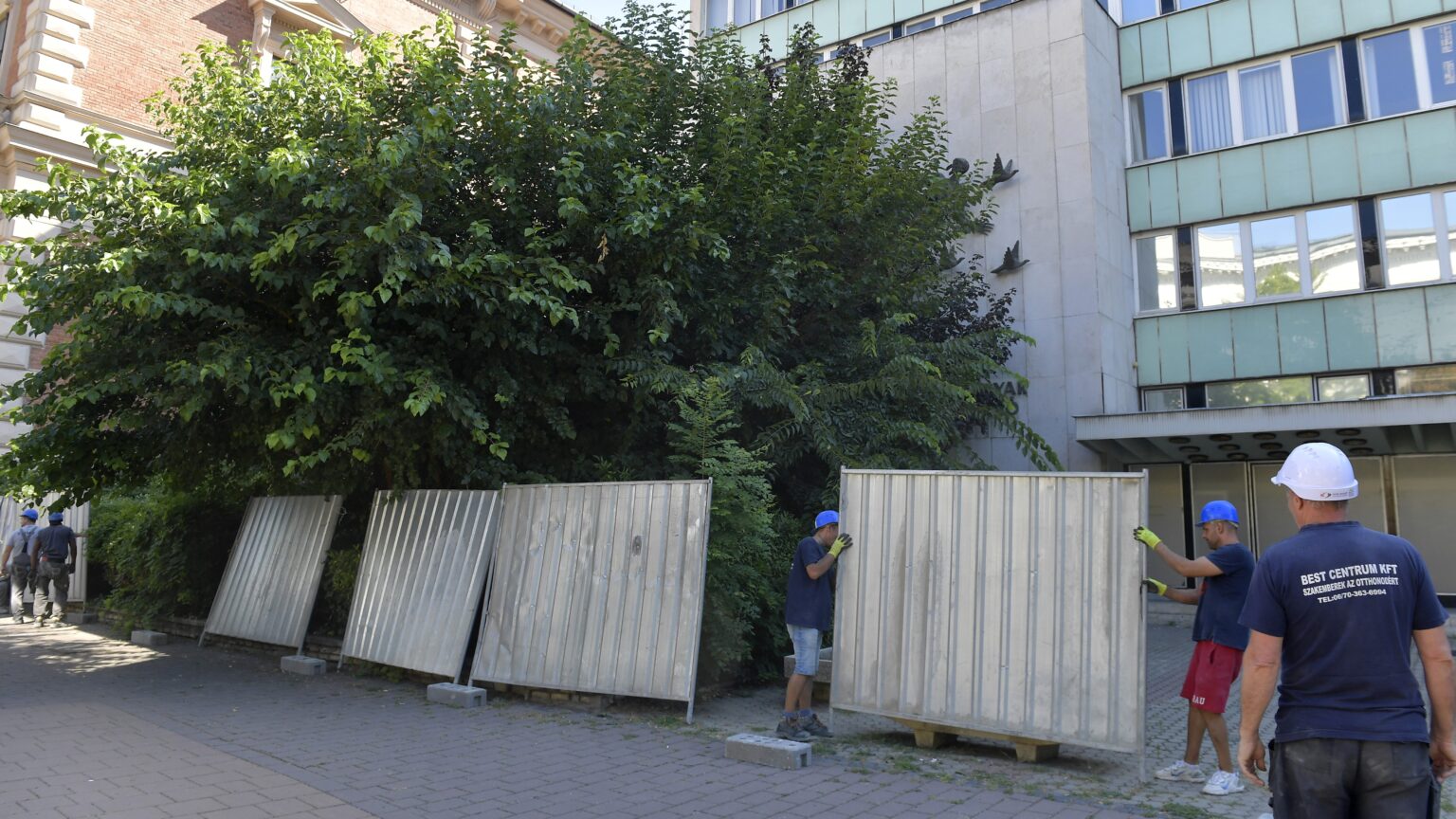
At the press conference held on-site, State Secretary for Architecture at the Ministry of Construction and Transport Regő Lánszki stated that in the past 35 years, no educational institution investment of this magnitude occurred in Hungary, making this project one of the largest and most significant state investments in Budapest.
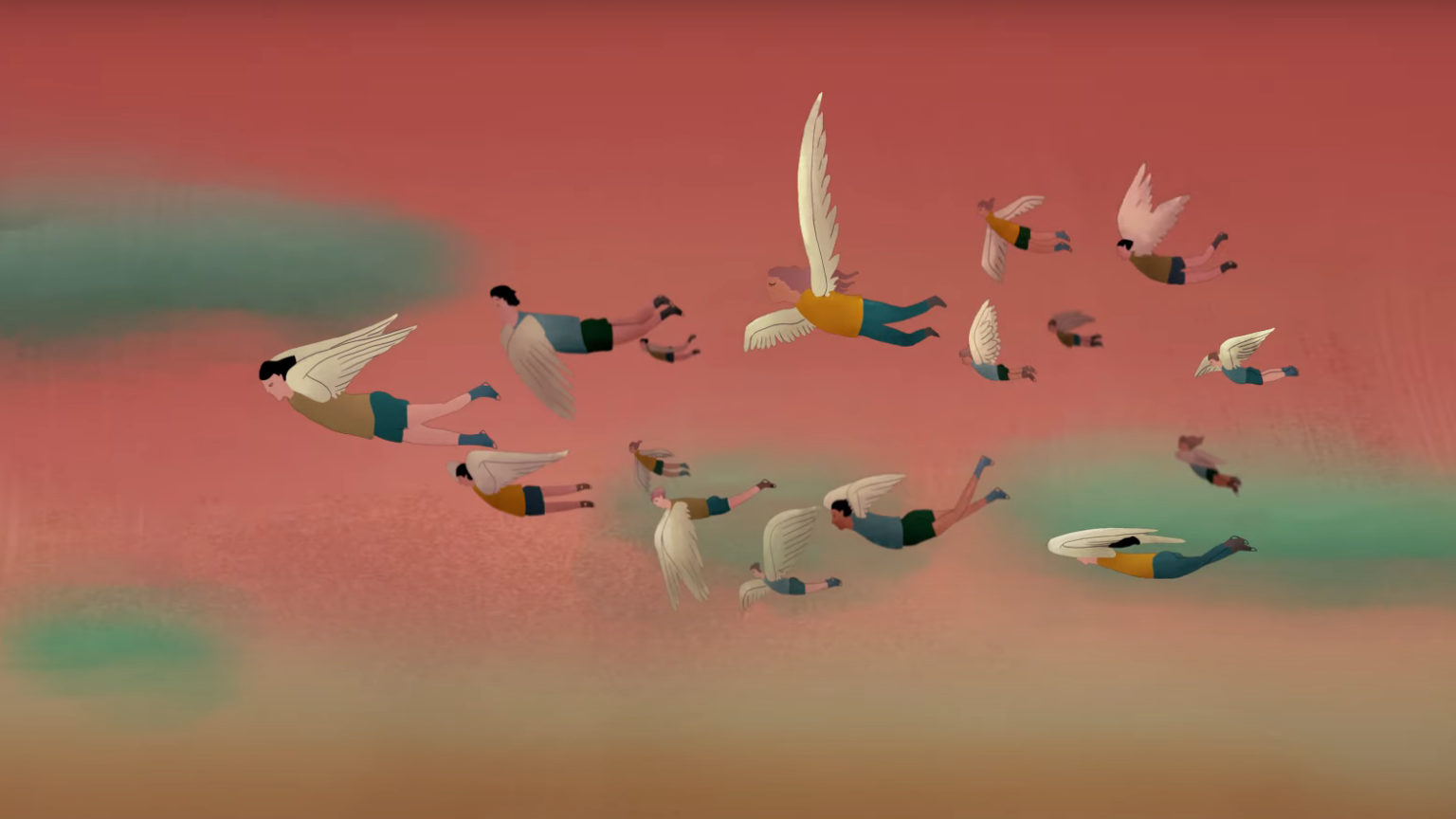
Thanks to the Mexican award, the Hungarian animation Shoes and Hooves has become eligible for submission in the Best Short Film category at the Oscars.
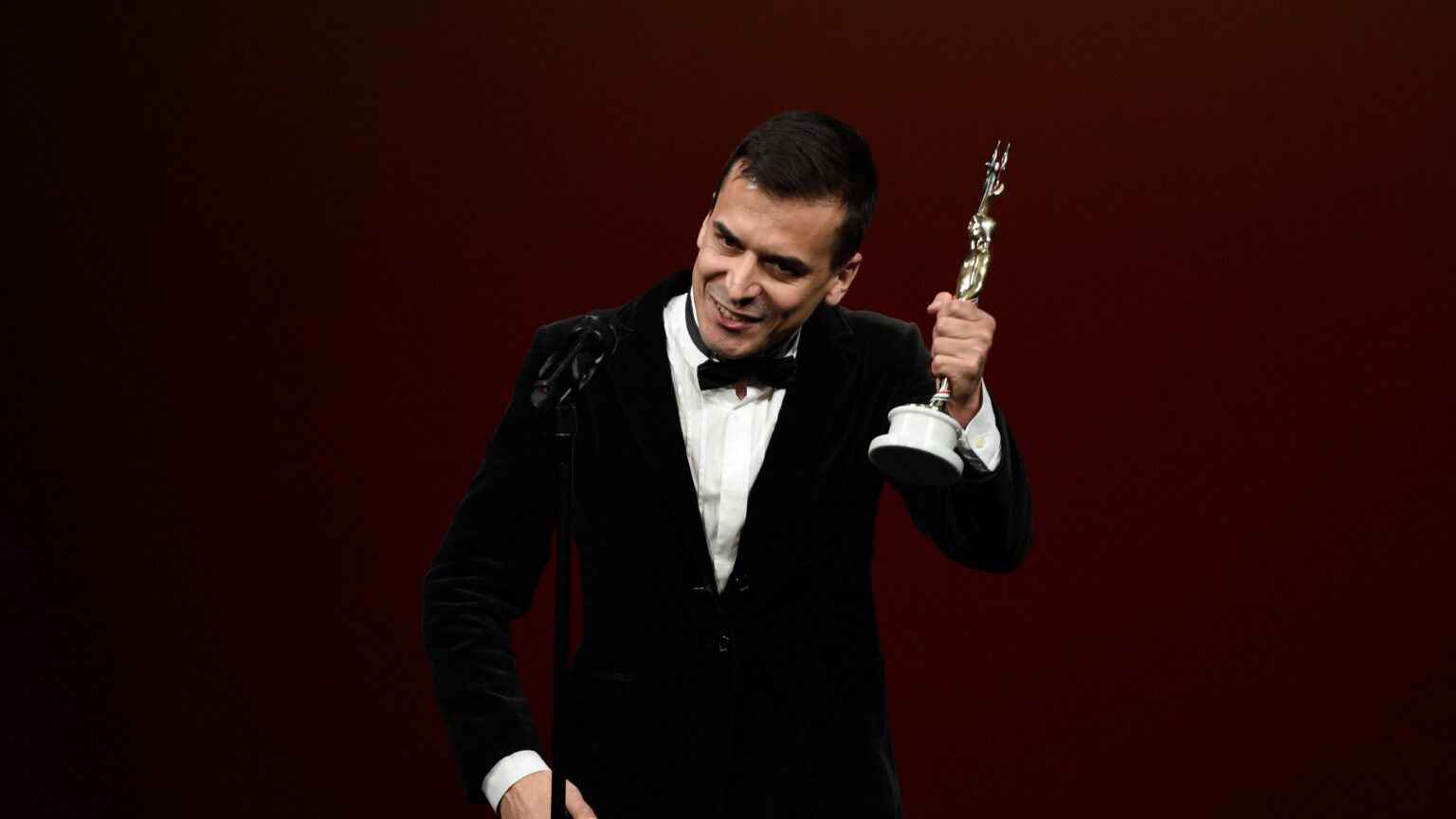
The adaptation of Stefan Zweig’s The Royal Game, starring Gergely Váradi and Károly Hajduk, was a great success at the 29th edition of the American festival showcasing independent short and feature films.

During the opening ceremony of the Paris Olympics drag performers appeared to form a composition similar to the painting The Last Supper by Leonardo Da Vinci. The organizers have since claimed the resemblance was an oversight, and not intentional mockery. Meanwhile, just a few days later, Brazilian surfer Joao Chianca was threatened with disqualification if he did not remove an image of Jesus from his board.
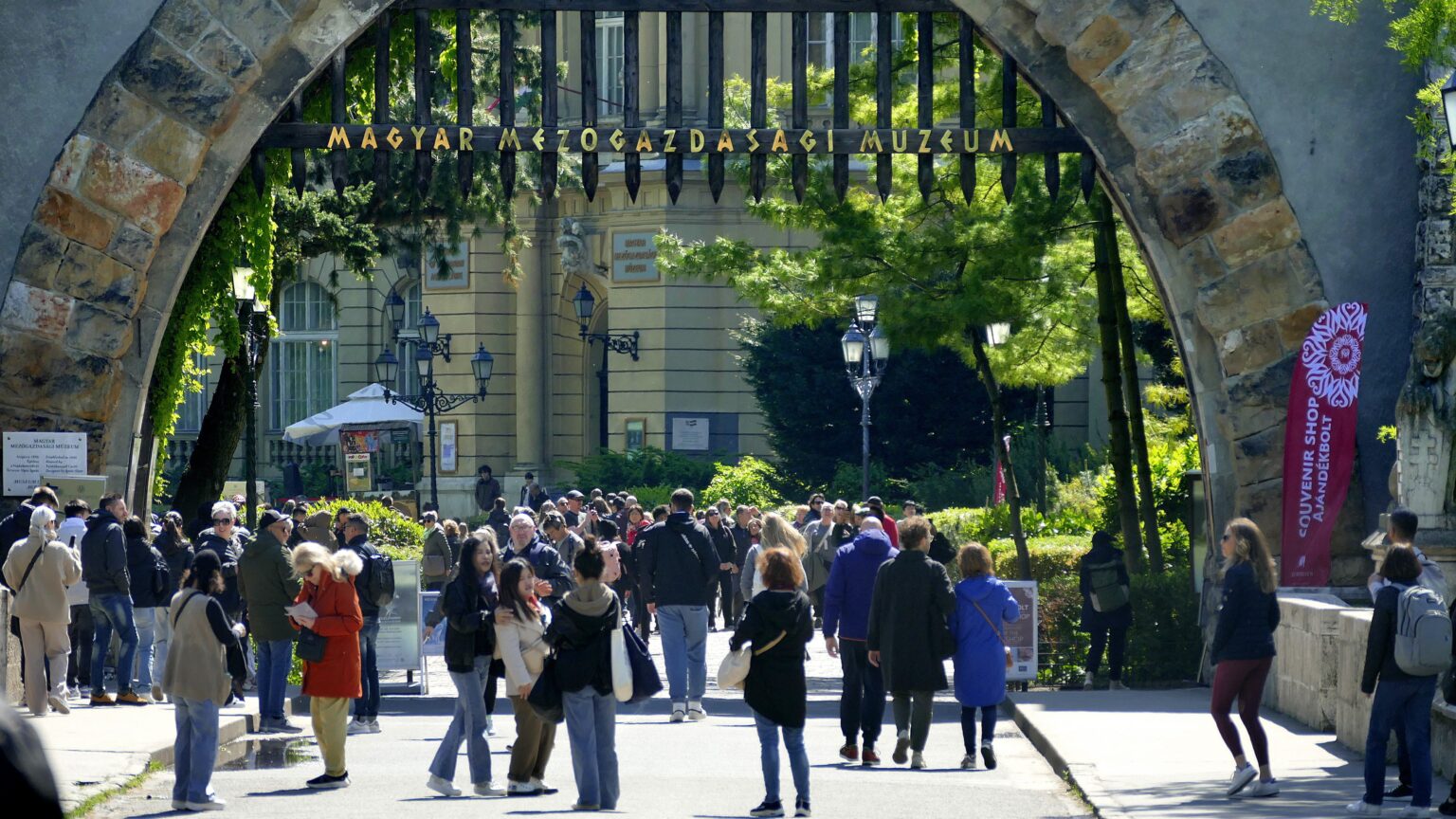
The number of foreign guests increased by 19 per cent, and the number of guest nights by 9.4 per cent compared to the same month of the previous year. Tourist accommodations welcomed 825,000 foreign guests, who spent 2.0 million guest nights in the country.

The documentary presents the most successful ever Hungarian national water polo team that won three consecutive Olympic golds and whose most iconic figure, team captain and then coach Tibor Benedek, passed away at a tragically young age.

Banning phones is not the ideal step, but it is necessary. Ideally, children would receive their own devices later, learn when and how to use them, how to verify information found online, and spend their free time during their most formative years on activities that build and develop them, contributing positively to their personal growth and making them better people, Enikő Szakos, Educational Researcher at the MCC Learning Research Institute underscores.